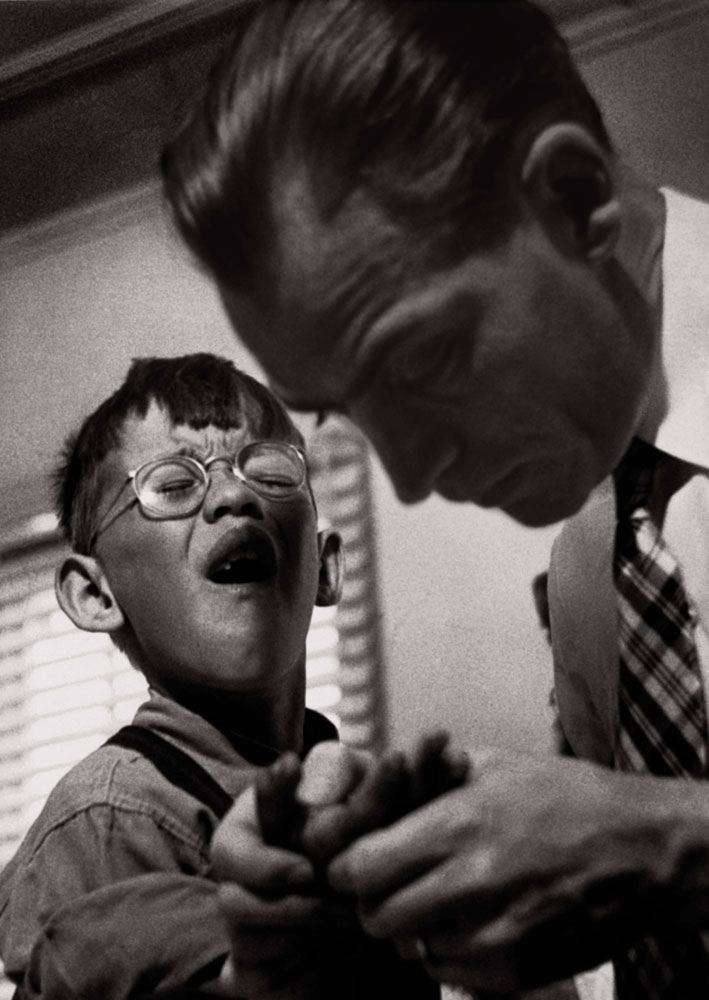Mar
17
Reading Task: The Key Concepts
Aug
02
Absence of signs of life: Personal Reflection
Jul
31
Exercise 3: Your Journey
Apr
30
Elena Brotherus
Feb
06
Street & Studio and some stuff inbetween
Dec
28
TYPOLOGIES RESEARCH & NOTES
Dec
24
Portrait Photogrpahy Research
Oct
09
Reading an image
Jun
26
Research: Diane Arbus in Singular Images: Essays on Remarkable Photographs
May
08


